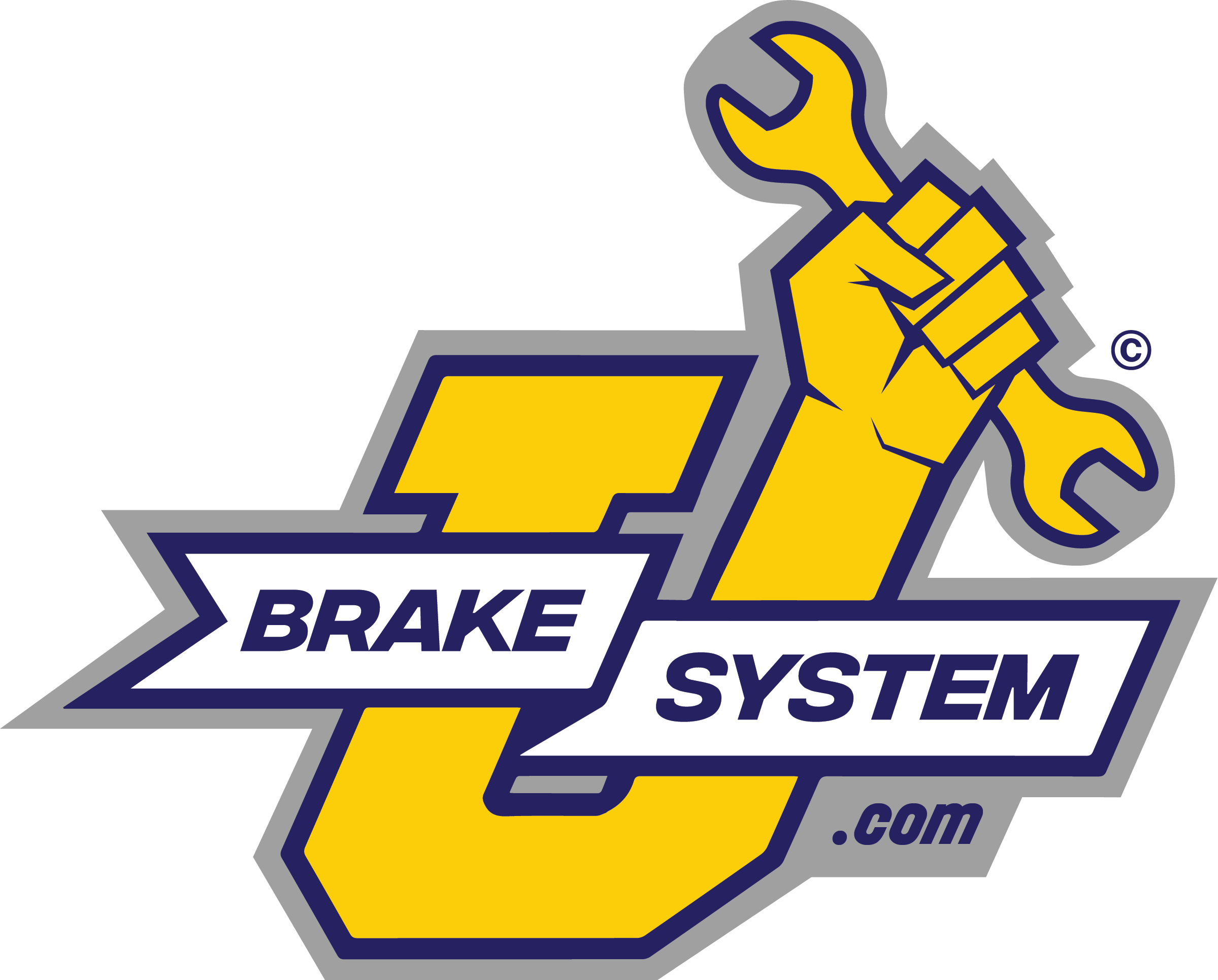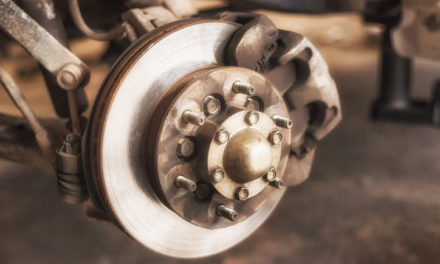Your vehicle’s brake lines play a meaningful role in the functionality of your vehicle as well as your personal safety. If your vehicle needs new brake lines, you should give serious consideration to the PVF variety. Below, we provide a look at the benefits and potential flaws of PVF brake lines.
Pro: Durability
A PVF brake line is covered in a polyvinyl fluoride coating during production. This protective coating is baked and subsequently cured to the steel line. The end result is a very durable coating that does not flake or chip and successfully guards the line against corrosion and rust. In short, this type of brake line will stand the test of time, providing protection against the elements no matter how bad the weather gets.
Con: Bending and Flaring can be Challenging
The use of the polyvinyl fluoride coating makes it somewhat challenging to perform bending and flaring. By performing your own brake line replacement, you might end up stripping some of the coating from the area to be flared in an attempt to make the project slightly easier. The downside to such an action is it decreases the protection against rust that otherwise would have been provided by the entirety of the PVF coating.
Pro: Ideal for Cold Weather Environments
If you live in or near the Rust Belt, you should lean toward PVF or nickel-copper brake lines. The protective coating on PVF brake lines helps protect your brake system against rust, corrosion, and other damage.
Con: Susceptibility to Damage During Installation
If you are not careful during the installation process, you will likely cause at least minor damage to your PVF brake line. The flexibility of PVF lines creates the potential for significant damage during the installation process. Exercise caution, and you won’t end up putting dents or creases in the line. In particular, it is important to be careful when using brake pliers and other tools necessary to create tight bends. Sealing this variety of brake lines requires minimal torque compared to that required for steel lines, so if you are not careful, you might end up crushing the flares with a tube nut by mistake.
Pro: Just Flexible Enough
Though it will take some work to flare and bend your vehicle’s new brake lines, you shouldn’t have to expend too much energy or invest an abundance of time to add PVF lines in the proper manner. While the steel variety is extraordinarily difficult to flare and bend, PVF is just soft enough to permit the proper manipulation without an abundance of time or effort. This slight softness should not be confused with weakness. Even if you are new to DIY auto maintenance, you will find bending and flaring PVF brake lines easy enough.
Con: More Expensive Than Steel Brake Lines
It is often said that you get what you pay for. Top-notch materials are not cheap. PVF brake lines are likely to cost more money than brake lines comprised of non-coated steel lines and those coated with zinc. However, PVF brake lines are worth the money as they last that much longer than traditional steel brake lines, ultimately reducing the frequency of replacement, and saving you more money in the long run.






